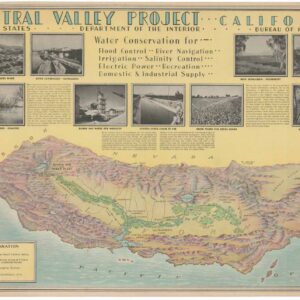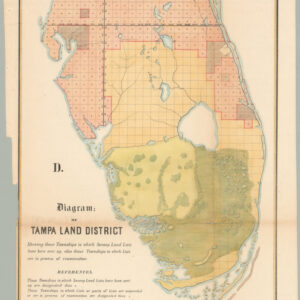A. Hoen & Co. was a lithographic printing company established in the 1840s by Edward Weber (as E. Weber & Co). Headquartered in Baltimore, the company rose to prominence under the leadership of August Hoen. After Weber’s death, Hoen assumed company control and rebranded the firm as A. Hoen & Co. His dedication to excellence and innovation propelled the company to become a driver of the American lithography and printing industry in the mid-19th century.
In addition to building the company, August Hoen is famous for pioneering the litho-caustic method. Patented in 1860, this revolutionized etching techniques using citric acid and gum arabic blend. This allowed lithographers to monitor the development of shaded patterns as they were etched onto the stone. Hoen’s relentless pursuit of refining shading techniques led to multiple patents granted in 1880 for methods to produce halftone prints via lithography. In 1877, the company gained recognition at the Centennial Exposition with “The Continentals,” a print created by Hoen’s litho-caustic process. It earned a commendation from the expo judges for its excellence in chromo-lithographic art.
Albert Hoen, August’s son, continued in his father’s footsteps and made significant contributions to the field, excelling as a printmaker and overseeing a laboratory dedicated to lithographic limestone testing. He conducted rigorous experiments and test runs with stones from promising new locations, furthering the company’s commitment to innovation and quality.
-
-
Add to cartQuick View
- Americas, Mexico - Central & South America
World Petroleum Oil Map of Columbia.
- $500
- An American map of oil and petroleum resources in Columbia.
-
Add to cart
Archived
- Out of Stock
- California
Central Valley Project — California.
- Lithographic broadsheet depicting government initiatives to manage California’s water supply.
- Read moreQuick View
-
- Out of Stock
- East & Midwest United States
D. Diagram: of Tampa Land District.
- A mid-19th century Florida land survey map published a decade after statehood.
- Read moreQuick View
-


